
by
No Sweat
Hardly anyone noticed the pigeons on the bridge. That steel structure had dripped the colors of orange, blue, lime and silver but now it was cedar green. Sometimes I thought of it as though it were some kind of stretched steel dinosaur. And there were times, I suppose because of all those intricate interconnecting braces silhouetting against the sky, it seemed like a giant spider web. I'd been born near that bridge and had lived there all my life and on this day, my tenth birthday, well, heaven roosted there.
The railroad tracks that I was balancing on were a just short distance over the hill from the back of my little apartment. The tracks led under the bridge where there was this splintery telephone pole that was on a slope just up from the Kentucky river flowing in its liquid jade waters. That pole reminded me of Jesus' cross. Only there were boards up above that pole, a catwalk, running above the wires and insulators. Last week, at the base of the pole I had propped a board.
The bridge overhead didn't go very far before it ended and ran into the Main Street of my home town, Irvine, Kentucky. Hardly anyone had a TV and every Saturday night my grandfather, the owner of the theater, played a scary movie for the crowd. Tonight, his neon marquee advertised: "BRIDES OF DRACULA."
My mom was up the hill from me sitting high in her small chair at the entrance of the theater. She owned mysterious grey eyes and could look at you just like Ava Gardner. She always seemed happy and enjoyed talking to the customers and laughing with them while sitting in her glassed in ticket booth. I knew she was selling tickets for twenty five cents and that my grandfather was collecting them as the customers came through the door. Mom probably thought I was sitting where always sat, in the middle seat of the front row. But if I wasn't there, she had to figure that I was asleep on our back porch.
I had been planning for a long time when I propped that board against the telephone pole. The flashlight I'd gotten for my birthday was tied off from my belt when I lunged up the board making a desperate grab, the tips of my fingers just reaching where they had to be. I had dreamed of doing what I was doing and now that I was in that dream it felt strange. If I tore my clothes or dropped the flashlight my father would surely find out. That, inevitably, would lead to a whipping with one of those leather belts that he had hanging down on the inside of the closet door in his bedroom.
My father was a strong man, an ex-Merchant Mariner. He looked like Robert Mitchum and ran a fruit stand on the street across from the theater. During the summers, every other Saturday night, like tonight, he would leave in his truck for Georgia. A few days later, he would return with crates of peaches or a load of melons and cantaloupes. When he was gone mom and I were very close, often listening to Billie Holiday records. But when dad returned things were always different, especially the love.
In the darkness I was silent. Once atop the pole I stood up, carefully balancing, stretching upwards into the hold-less air, my fingers barely reaching the edge of the catwalk. Pulling, I brought my body up and onto the rough boards and then rolled over on my back to rest. Looking into the darkness, I felt the vibrations of a truck as it passed overhead.
Turning on my flashlight, I crouched along the catwalk towards the river. Because of the slope of the ground below, each step was a gain in height. I slowly continued until I reached a massive concrete pillar that rose sixty feet above the river's edge. I paused to study the long shadow of the boat dock on the other side of the river. If I fell, well, my life was over. A bullfrog moaned in the distance and in that still moment I smelled the faint smell of a pigeon; a light and powdery smell that sent a strange satisfaction into me the same way a delicate rose does, only different.
Death so close for the sake of what?
A pigeon.
The pigeons on that bridge had been taunting my soul for as long as I could remember. When my parents were gone I often found my face pressed against their end bedroom window. To get to that window you had to walk past that closet with the belts and past that bed where I was made to lay on my stomach when being whipped. I'd pull back those long and dark curtains, smelling and seeing the thick dust of the sills, and the gaze out onto Main Street with its turn of the century square brick buildings. Off to the left was the bridge. The pigeons were always there..
I turned on my light and shined it out along the long structural ribs of the bridge, The catwalk had stopped at the pillars and from there on out there were no holds. Such a vacuous feeling. I spotted two pigeons forever uncatchable. I turned my light back off and climbed back onto the catwalk and stopped at the first metal brace angling upward and out. I shined my light and there, in a small nook, looking into my light was a pigeon: light grey in color, owning two black stripes across its wings; its neck such a jewel of blue, purple, green and its eyes hypnotized rubies. The evening breeze began moving through the tops of the sycamores below the catwalk and for a moment my mind forgot about falling and thought only of the pigeon. I leaned out onto the brace and began hugging, inching upwards, keeping my head cocked while holding the light. When at last I got within grabbing distance, I stopped.
It happened as quick as the thought and just as true, the bird being caught. All those years of looking and now this. Holding tight to the pigeon's wings I shimmied back down to the catwalk. Getting better control of the bird, I was intrigued to see that the bird owned a seamless aluminum band on each leg. One band read, "AU 60 KY 6006." And the other, "CHAS HEITZMANN, JEFFERSONTOWN KY."
What is fate? What is it when two lives meet in a dream?
I found myself running back on the tracks. I stopped and my Converse cut up the trail through the kudzu to run up the sidewalk and enter past my grandfather and go into the ticket booth to show mom my pigeon. A small fan was blowing on her face when she turned and looked at me. I was the kind of boy that would always be lonely. But on this night, I owned a little of heaven. Mom smiled and grandfather did, too.
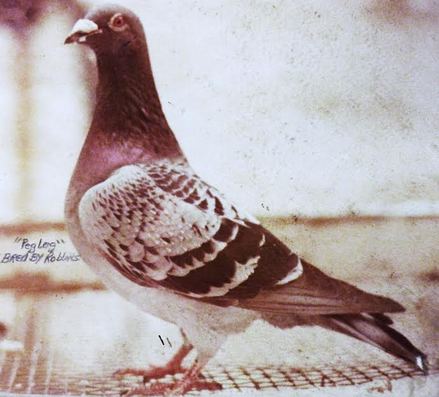
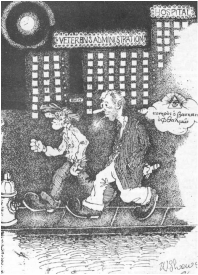
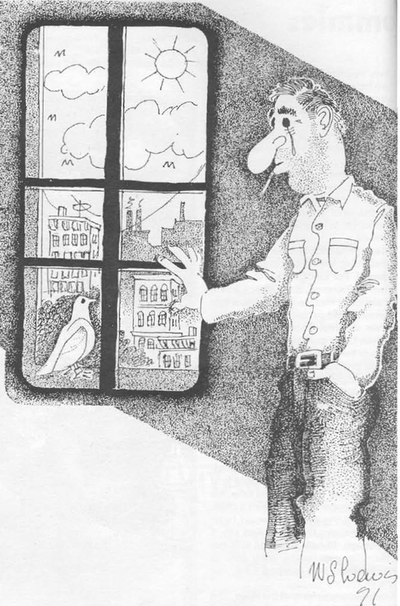
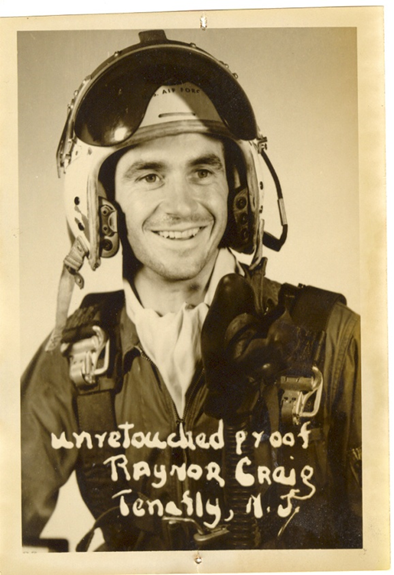
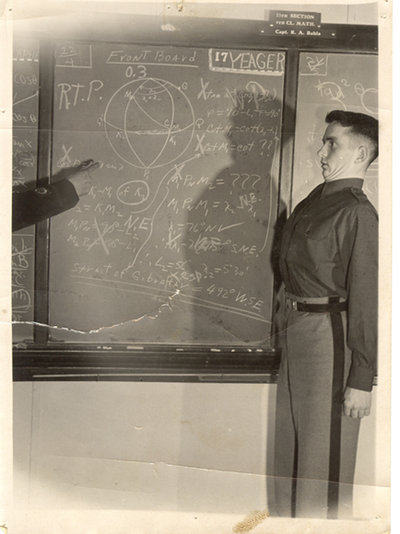
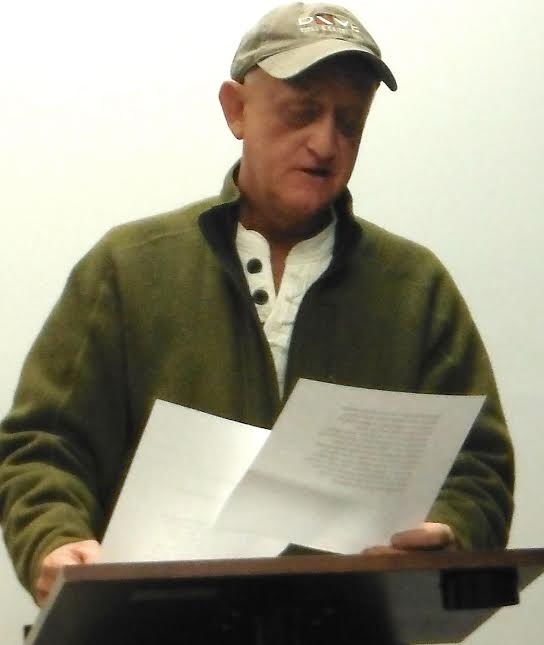
 RSS Feed
RSS Feed